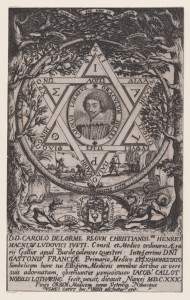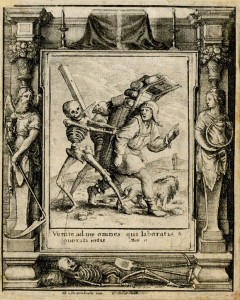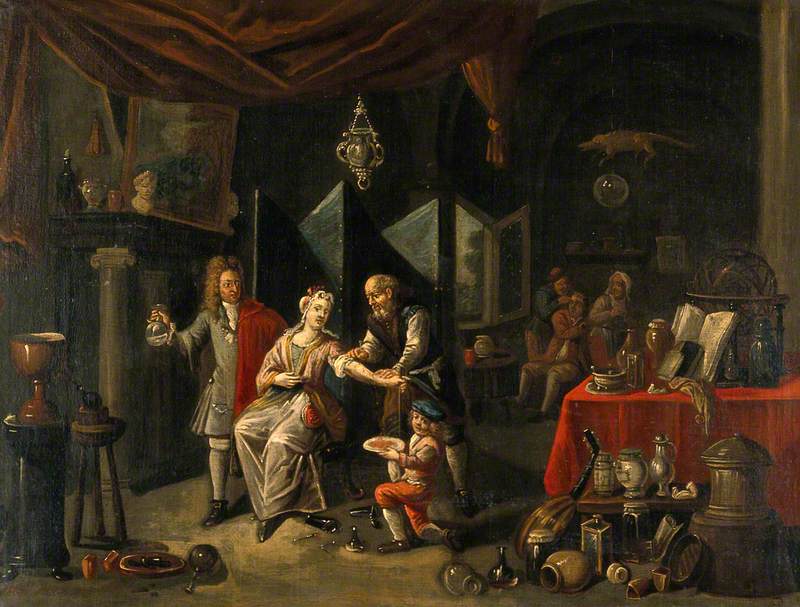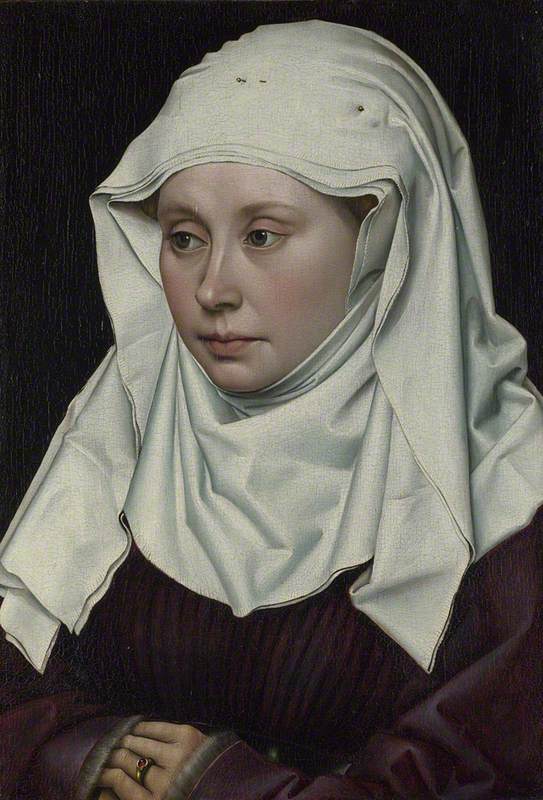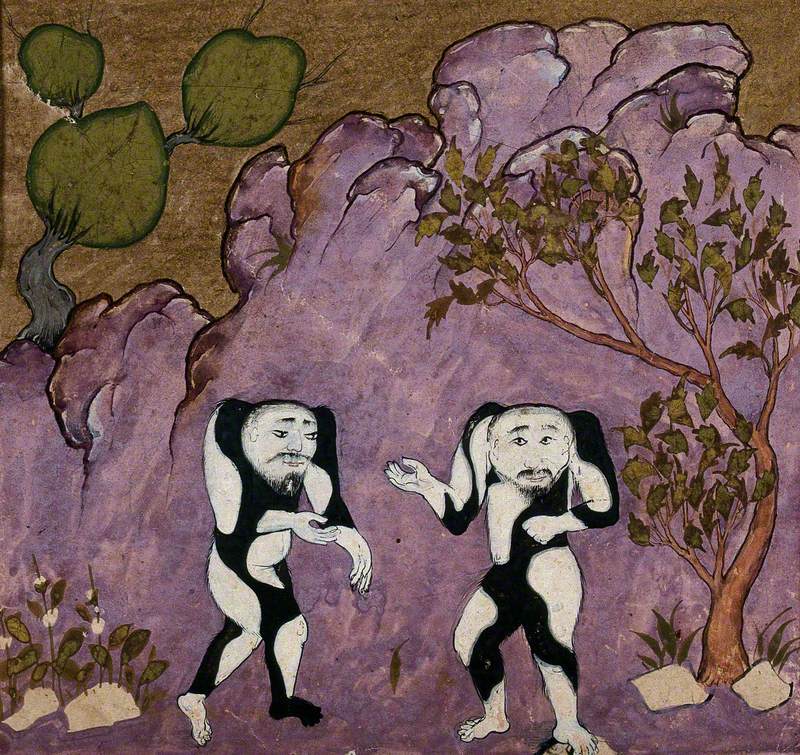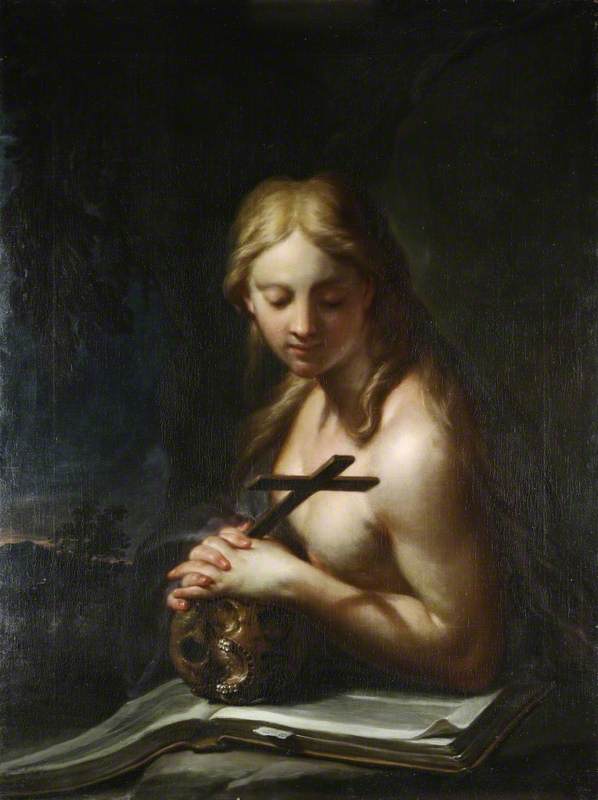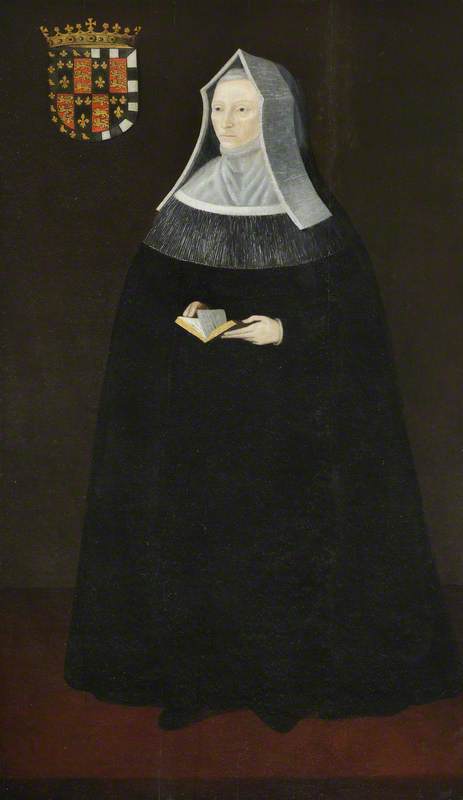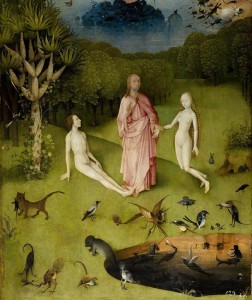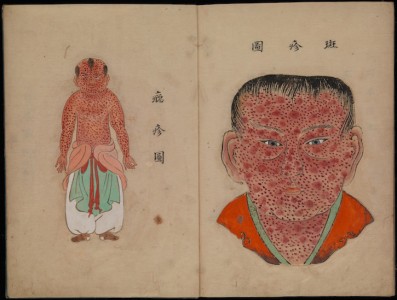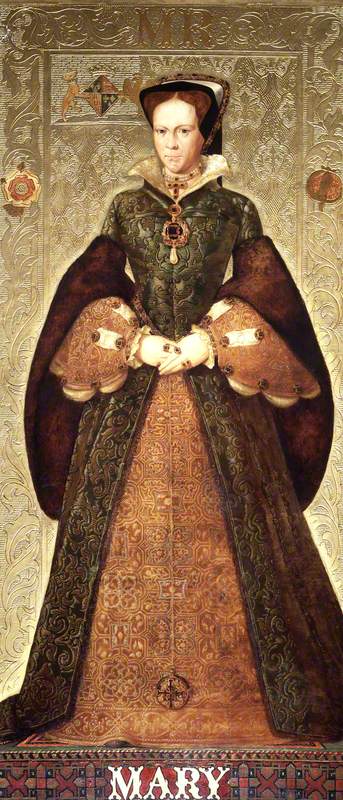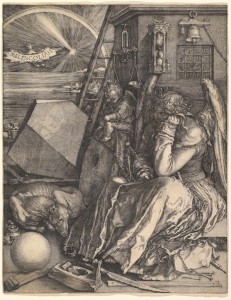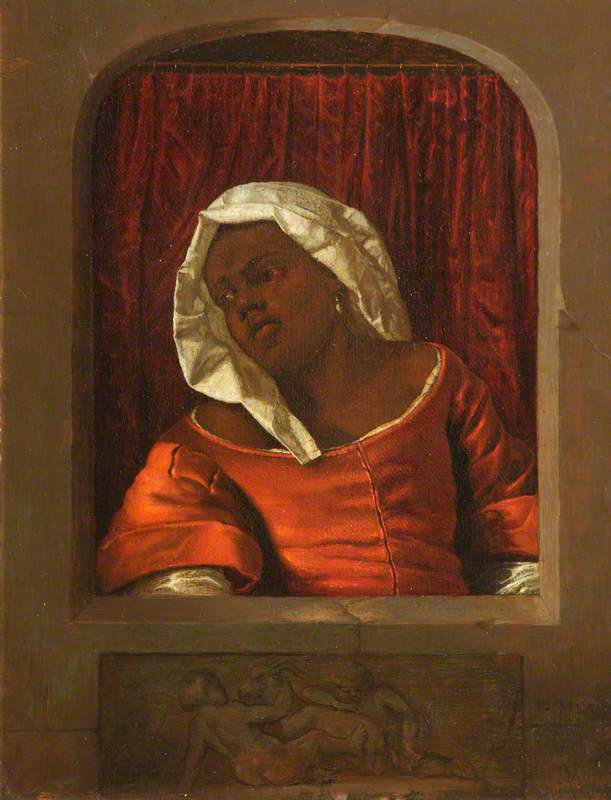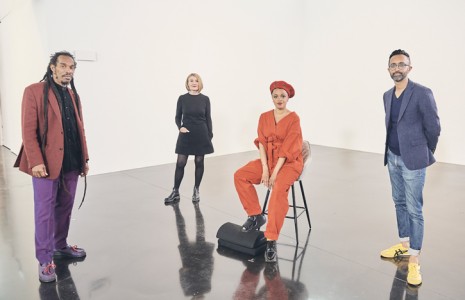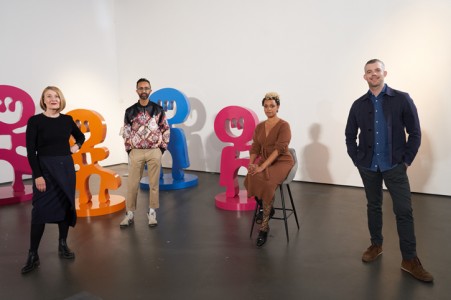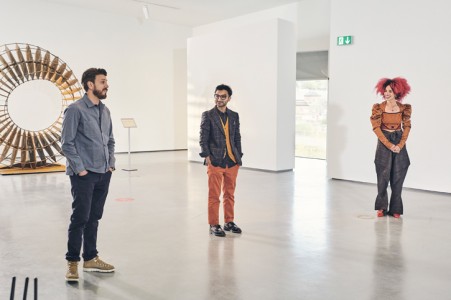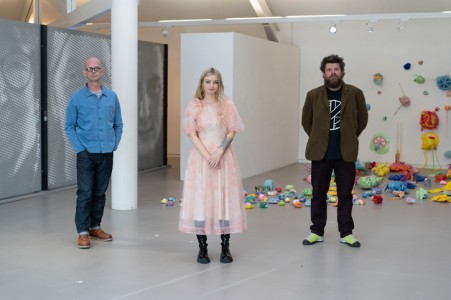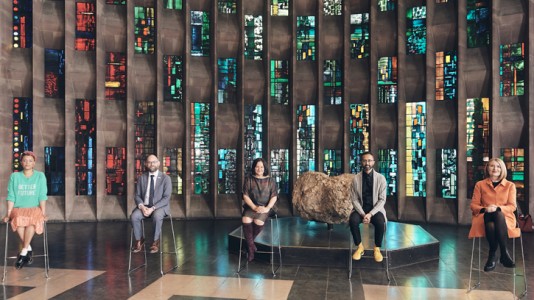In the past year, people have had their freedoms and liberties curtailed in ways not seen since the Second World War. It is not surprising that in this context of repressed emotion there has been an increase in the number of mass protests as people struggle to have their voices heard.
After the Uprising
2006, sculpture by Robert Koenig (b.1951) 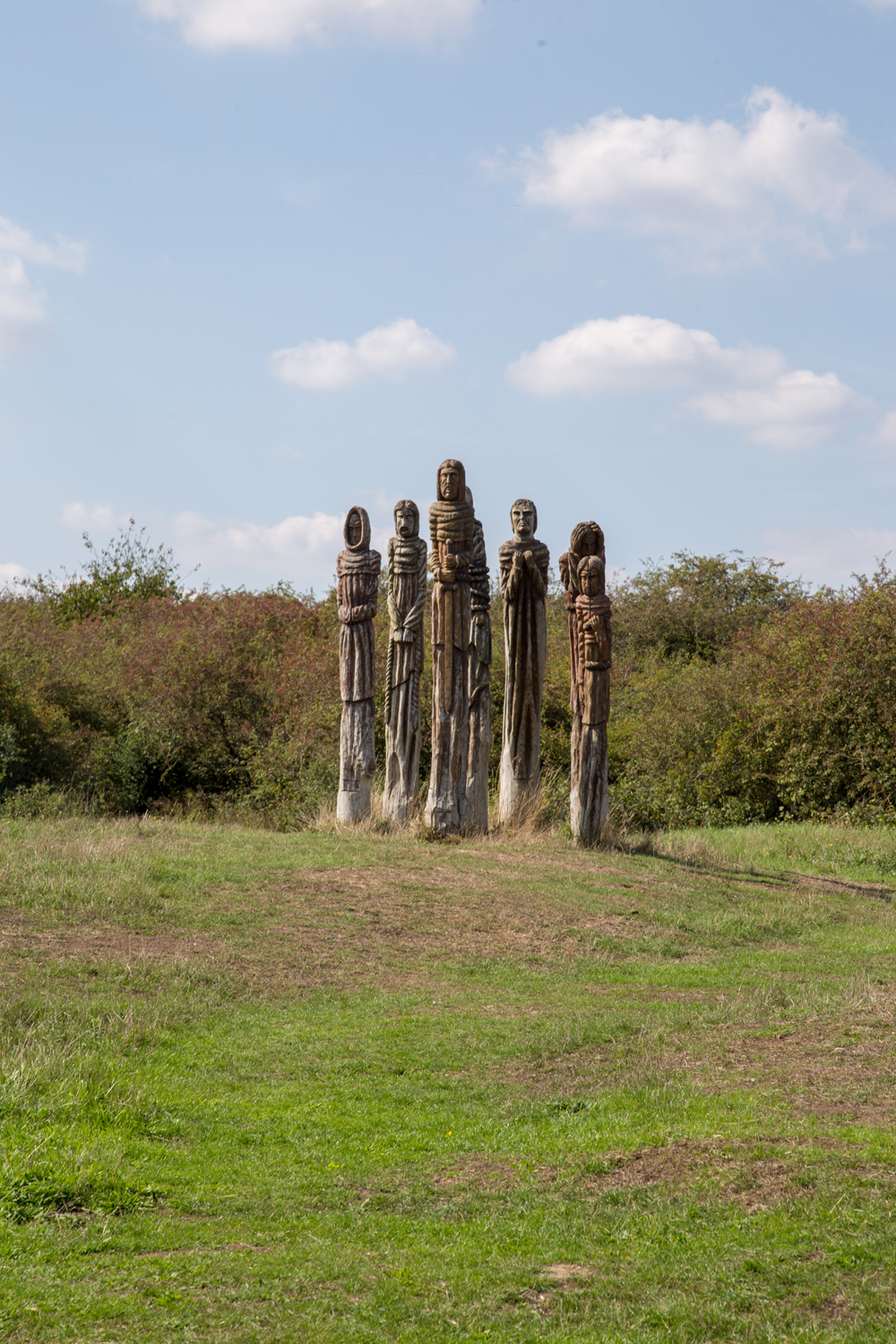
Robert Koenig's sculpture After the Uprising commemorates a major historical event. Carved from sweet chestnut, it symbolises seven figures from the Peasants' Revolt of 1381 and forms part of the free sculpture trail at Wat Tyler Country Park near Basildon, Essex.
During the uprising, peasants from the Essex marshland villages marched on London to protest against the poll tax and demand an end to serfdom and the removal of Richard II's senior officials and law courts. The economic and social inequalities of the time were rooted in the aftermath of the Black Death pandemic, which began in the 1340s.
The Peasant's Revolt
c.1483, manuscript copy of the Chronicles of Jean Froissart (1337–1405) 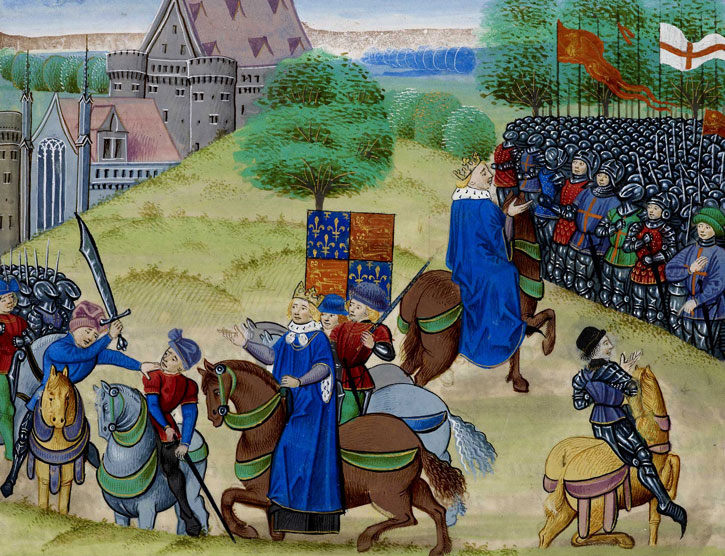
Richard II met with the rebels in Mile End, an event until recently depicted in a mural created for the 600th anniversary of the revolt in 1981 (now removed). Although Richard ceded to their demands, these were subsequently rescinded following further rioting.
At the front of the group is one of the leaders of the revolt, Wat Tyler, backed by his fellow rebels, beaten and bound after the uprising was quelled in June 1381. Many rebels were rounded up and executed by the king's forces. The totemic figures stand over three metres tall and have an imposing group presence.
After the Uprising
2006, sculpture by Robert Koenig (b.1951) 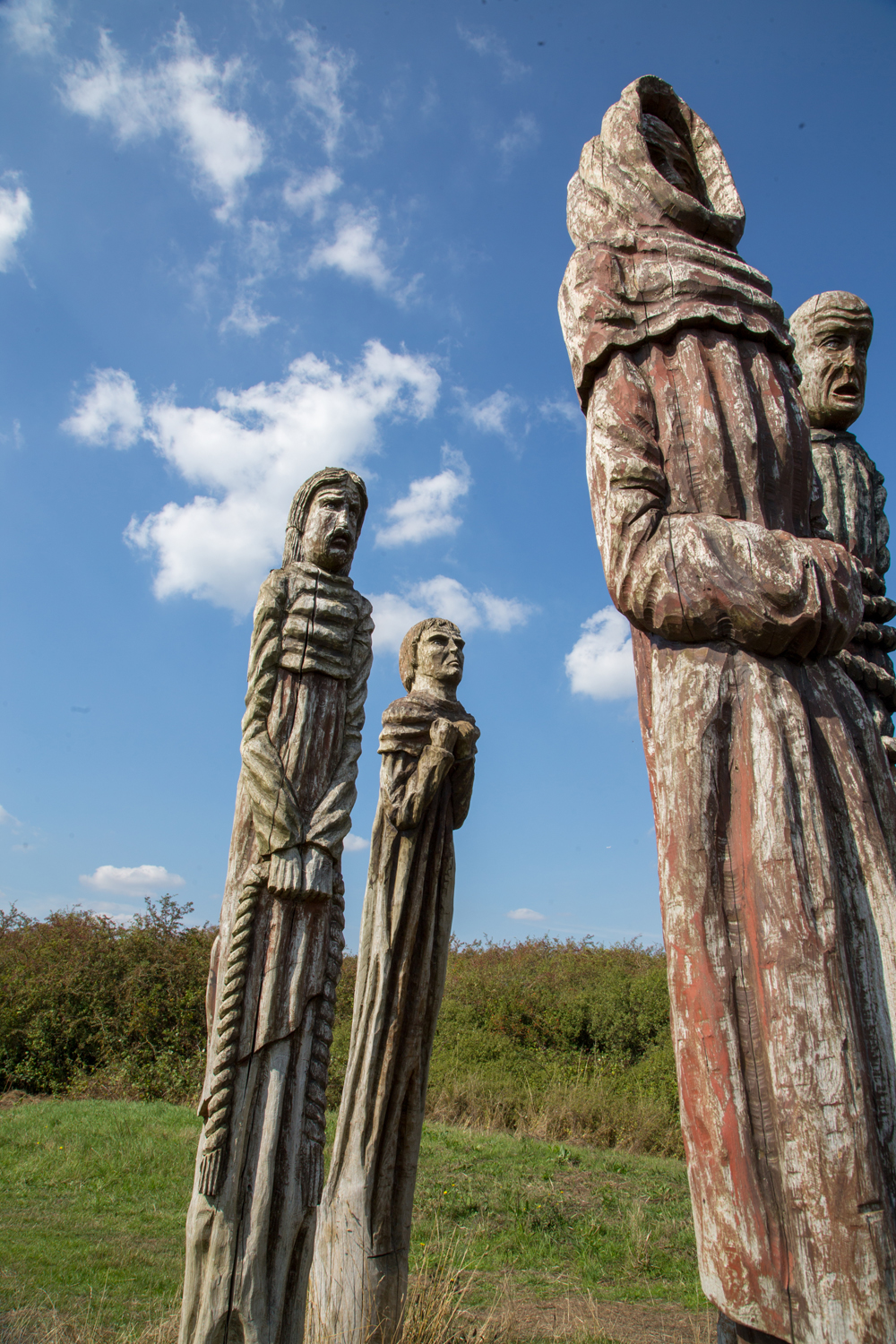
Born in 1951, Koenig is an English sculptor of Polish descent who specialises in polychrome wood carving using traditional tools such as a mallet and chisel. A graduate of the Slade School of Fine Art, his naturalistic work is imbued with memory and history. Odyssey, his acclaimed mass of figures representing ancestors he never got to meet, has toured churches and cathedrals in England and Germany, releasing it, like this work, from the confines of a gallery.
Tracy Jenkins, Public Sculpture Officer at Art UK

